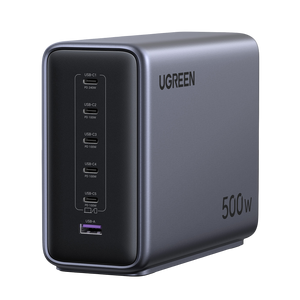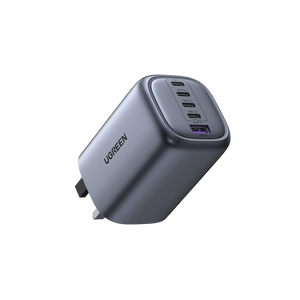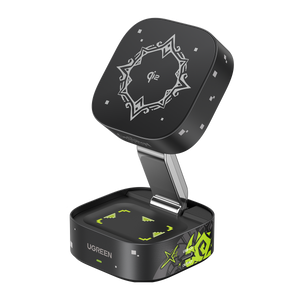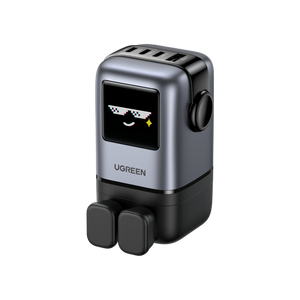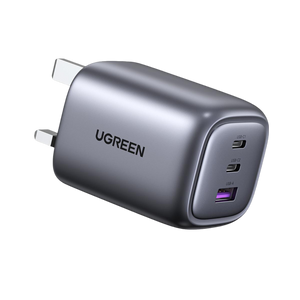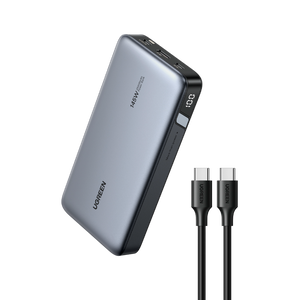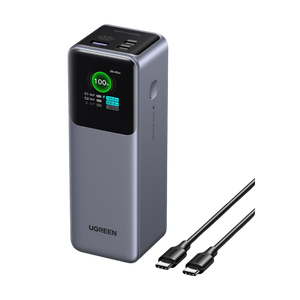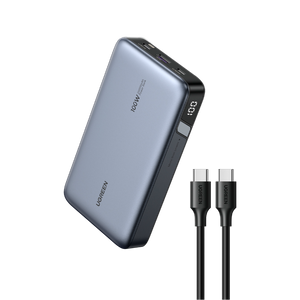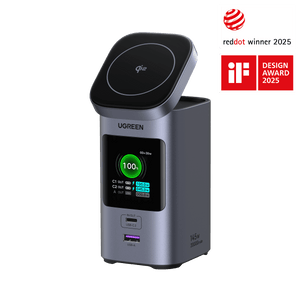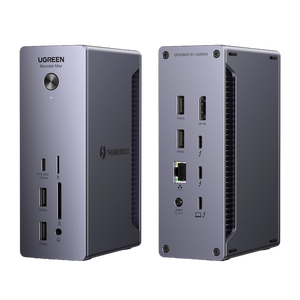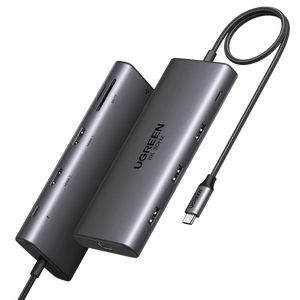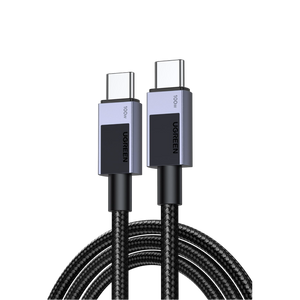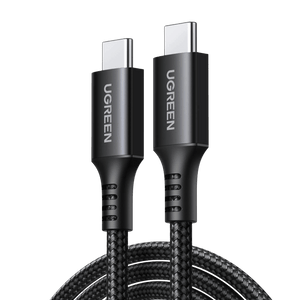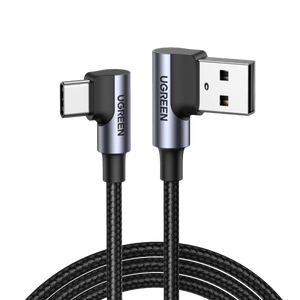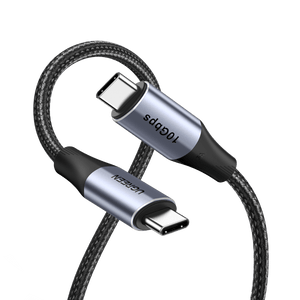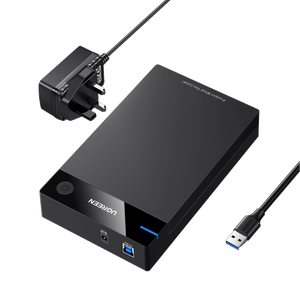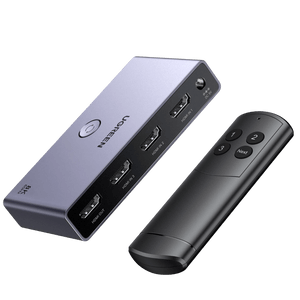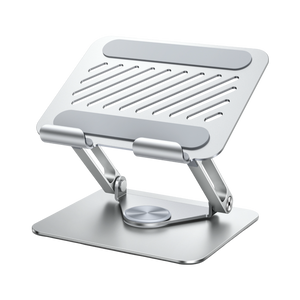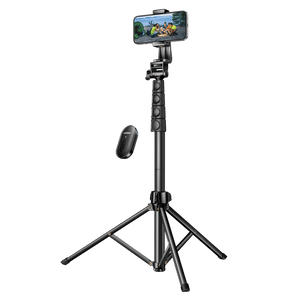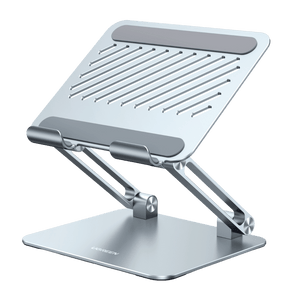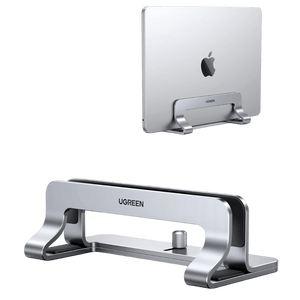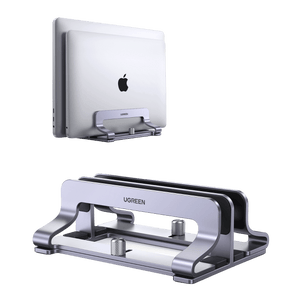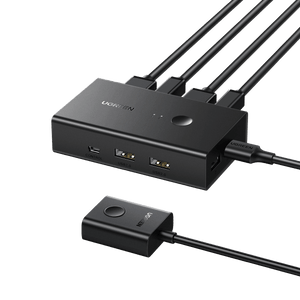Is MagSafe Charging Bad for My Battery?
So, is MagSafe Charging Really Bad for Batteries? No. Apple’s guidance says MagSafe is fine. If your iPhone warms up during wireless charging, it may limit charging above 80% for protection. Optimized Battery Charging lowers wear, but you should also avoid heat and keep the phone within 0-35°C ambiance during use.

How MagSafe Charging Works and Why Alignment Helps
What MagSafe Is and Why Alignment Helps
MagSafe is Apple’s Qi-based wireless charging system that adds a ring of magnets. Thus, your iPhone and the charger latch into the right spot. That magnetic alignment centers the two coils for the following perks:
- Better coupling.
- Lower wasted energy.
- Lower heat than a phone that’s off-center on a Qi pad.
Apple’s docs also describe the magnets ensuring alignment. Furthermore, per the Wireless Power Consortium, Qi2’s magnetic profile boosts efficiency, thanks to aligned devices and chargers.

Power Levels Today
With the help of Apple’s Qi2-certified MagSafe Charger and a 30W USB-C adapter, the iPhone 16 and the latest models, including the iPhone 17 lineup, can reach up to 25W peak wireless charging. Apple lists “up to 25W” for the charger itself. Similarly, the iPhone 17/17 Pro tech-spec pages confirm 25W over MagSafe and Qi2.
By contrast, earlier models than iPhone 16 top out at 15W. Apple’s support page lists which iPhone models get up to 25W with MagSafe (iPhone 17/16 series) and the 15 W limit for iPhone 15 and earlier, along with the exact adapter ratings.
Built-in Safeguards
When an iPhone is on a MagSafe charger and plugged in via USB-C or Lightning, it draws power from the cable, not the wireless puck. The reason is that the iPhone “will charge via the connector” in that situation. The iPhone also monitors battery temperature while charging. If it gets too warm, iOS will slow or pause charging until the device cools to a normal range.
For details, see Apple’s guide: How to use your MagSafe Charger with iPhone.
As an example:
- If you drop your iPhone onto a MagSafe stand at your desk while it’s tethered to your Mac by USB-C, the phone will charge over USB-C.
- And if you’ve been gaming in direct sunlight and it heats up, you may see a hold alert until it cools. So, if you’ve wondered, “Is MagSafe charging bad for my battery,” Apple’s thermal and charging controls protect it.
What Ages a Lithium-Ion Battery
What Actually Ages the Battery
Batteries get old chemically. The triggers are:
- How many full charge cycles you run.
- How hot the battery has gotten and for how long.
- How much time it spends near full.
The charging method by itself is secondary because the real accelerants are heat and high state-of-charge. Academic reviews show calendar aging speeds up at higher temperatures and SoC.
In a study, identical Li-ion cells stored at 60°C reached end-of-life in 26 weeks. On the other hand, cells at 40-50 °C continued for 100 weeks. Degradation was severe at 100% SoC.
Apple also confirms that battery life is proportional to chemical age, which includes cycle count and care.
What Apple Devices Do When Charging
As the battery voltage approaches its target, the charger switches to a constant-voltage phase and automatically reduces current. Less current = less heat. It helps limit wear near full charge. Engineering guides describe this CC→CV taper as standard Li-ion behavior.
Optimized Battery Charging learns your routine, pauses at 80%, and completes the last 20% just before you unplug. That way, the battery isn’t sitting at 100% for hours, as it stresses Li-ion chemistry. Apple’s docs state this is to lower the time your iPhone spends fully charged.
What to Expect for Cycle Life (iPhone)
As a baseline, Apple says iPhone 17 models retain 80% of original capacity after 1000 complete charge cycles under appropriate conditions. On the other hand, iPhone 14 and earlier target 500.
Note that a cycle means exploiting 100% of capacity in total, and Apple normalizes cycles between 80-100% of original capacity as batteries age. For example, two 50% days is equal to one cycle, not one plug-in. Still, real-world results count on temperature, charging habits, and usage.

Does MagSafe Cause More Heat Than a Cable?
Heat in Day-to-Day Use
MagSafe can feel warmer than a cable because some of the power lost in wireless transfer shows up as heat in the phone and the puck. If the device gets too hot, iOS will show a “Charging On Hold” notice until temps drop. That’s normal behavior to save the battery.
Chongdiantou measured the 17 Pro’s surface at 32-36.7°C after 30 minutes on Apple’s MagSafe puck.
Generally speaking, Qi2 or MagSafe remains less energy-efficient than USB-C even as Qi2 (Qi v2.1) improves alignment efficiency via the Magnetic Power Profile for lower energy loss from misalignment.
Power Use and The EU Notice
In the EU and EFTA countries, iPhone 17 models show a one-time message that wireless charging might use more power than wired. It’s an efficiency reminder mandated by regulators. Practically, that means a cable is cooler and a bit more efficient, and MagSafe trades some efficiency for convenience. What you have to do is choose at the moment.
Along these lines, if you’re wondering if MagSafe charging is bad for your battery, the answer will again be NO, unless you take care of all the steps to avoid heat, as well as the device controls work intelligently.
MagSafe vs. Cable: Which Should You Use Daily?
| Factor | MagSafe (wireless, magnetic) | Cable (USB-C) |
|---|---|---|
| Time to 50% | iPhone 17: up to 50% in 30 minutes with a 30W or higher adapter with the MagSafe Charger. | iPhone 17: up to 50% wired in 20 minutes with a 40W adapter. iPhone 16 and earlier: up to 50% in 30 minutes with a 20W+ adapter. |
| Battery heat and health | Generates more heat than wired (less efficient). Therefore, the iPhone may limit above 80% if it gets too warm. Good airflow helps. | Cooler and more efficient, which is friendlier to long-term battery health for quick top-ups. |
| Energy efficiency | Lower (more energy lost as heat). | Higher (less energy wasted). |
| Convenience | Excellent. Snap on/off, great for a desk or nightstand, no port wear. | Very dependable while using the phone, best when you need speed or plan to keep the phone for years. |
| Cost and gear | Best results with Apple MagSafe puck or Qi2 chargers for 25W on iPhone 17 models. | Any decent USB-C and PD adapter + cable works. Inexpensive and ubiquitous. |
| Best for | Bedside or desk, casual top-ups, avoiding port wear, car mounts. | Fast fills before you head out, travel, gaming or video while charging, and at the same time, securing battery health. |
When MagSafe Can Be Harder on Your Battery
Heat and Airflow Matter Most
Any wireless charging wastes a bit of energy as heat, and heat is what ages cells faster. It’s even more in a car on a sunny dash or in direct sunlight. On a hot day, a parked car’s cabin can reach 47°C in an hour and the dashboard 69°C, which implies that a phone on a sunny dash starts from an already extreme heat load.
Hence, you should keep the setup ventilated, and don’t bury the phone or charger under pillows and blankets or against your body while power is flowing.
Thick Cases, Metal, and Stuff between Phone and Puck
MagSafe demands a clean magnetic coupling. Anything between the coils disrupts the field, wastes power as heat, and can trigger protections. Explicitly, Apple asks to place the charger on a flat surface clear of metal or foreign objects between the phone and the MagSafe charger. Another reason to keep the path clear is alignment for lower energy waste.
Here is a quick list of things you should avoid for lower heat and better alignment:
- Credit cards, security badges, passports, and key fobs (RFID and magnetic-stripe items).
- Magnetic mounts between the phone and charger.
- Magnetic cases or non-MagSafe magnetic accessories.
- Cases with metal inserts and plates, ring holders, or kickstands.
- Metal objects, such as keys, coins, jewelry, or batteries.
- Wallets or card holders (including MagSafe Wallet) attached during charging.
- Any “foreign material” (stickers/ or debris) trapped between surfaces.
Why Cheap and Non-certified Gear is Riskier
Quality chargers implement thermal controls and foreign-object detection. Thus, they shut down if a coin or other metal heats up. The Wireless Power Consortium (Qi) states that certified chargers cut off when excessive heat or foreign objects are detected.
Tests on uncertified products have recorded temperatures near 200°F with metal present. Such a high temperature is enough to cause injury (3rd degree skin burns) and is obviously bad for batteries. We can also state that poor thermal design and missing safety features can run your phone hotter for longer.
Troubleshooting Hot or Slow MagSafe Charging
- “Charging on Hold” means iOS paused power intake because the battery is outside its safe temperature window (too hot or too cold) or you’re actively taxing the phone.
- Move it to a cooler, shaded, well-ventilated spot, stop heavy use, and it’ll resume. If it keeps happening or charging feels slow or hot, remove anything between the coils, and re-seat the phone on the puck on a flat surface to align the magnets. Apple warns not to place credit cards or objects between the iPhone and the MagSafe charger.
- Check your power source. For iPhone 15 and earlier on the 15W MagSafe puck, Apple suggests a 20W or higher USB-C adapter. And for the latest MagSafe hardware, it’s a 30W or higher adapter. Under-sized or non-PD bricks will throttle wireless speed.
- Also note that some pauses aren’t heat at all. Optimized Battery Charging may delay charging past 80%, and Clean Energy Charging can also delay charging to lower grid emissions. Touch and hold the notification and tap “Charge Now” to override.
- If temperatures still remain high, use a wired charge briefly to finish. Because induction wastes more energy as heat, a top-off with a USB-C Power Delivery adapter completes the last few percent faster than MagSafe when the phone is heat-limited.
Do that, and the real answer to “is MagSafe charging bad for batteries” is: not inherently.
Bottom Line
MagSafe charging isn’t bad for your battery. But the real culprit is heat that accelerates aging, and the iPhone can manage it. Use Apple’s safeguards and a few habits to keep temps in check.
FAQs about MagSafe Charging
Is it safe to leave my iPhone on MagSafe overnight?
Yes. iPhone stops charging when full and resumes below 95%, and Optimized Charging ensures it reaches 100% near your usual wake-up time.
Why does charging pause at 80% on MagSafe?
That’s usually due to heat or battery optimization. iPhone may limit charging above 80% to preserve battery health and long-term life expectancy.
Does 25W “fast” MagSafe hurt the battery?
No. The iPhone adjusts power dynamically based on temperature and conditions. Higher power alone isn’t harmful, as charging slows if the device gets too warm.
Should I cap at 80% forever?
Not necessary. It’s a balance between convenience and durability. Apple provides 80–100% charge limits on newer iPhones so you can choose what fits your use.
Will MagSafe charge older iPhones or AirPods?
Yes. MagSafe also supports Qi and Qi2 devices, but alignment and charging speed may differ. Non-MagSafe devices will charge more slowly.
Do I need to plug the charger in before placing the phone?
Yes. Plug in the charger first so MagSafe can establish maximum power output.
If you place the phone first, lift it off, wait three seconds, and re-seat it to ensure proper connection.












